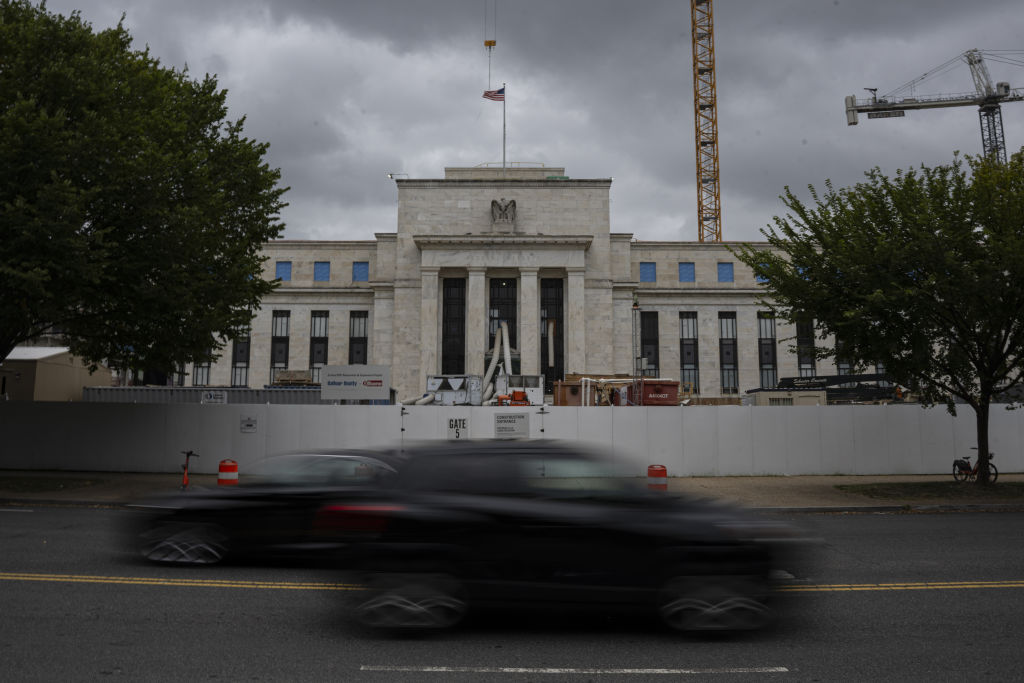Editorial Note: Opinions and thoughts are the author’s own and not those of AFROTECH™.
When one thinks about interest rates, the first thing that comes to mind could be credit cards, car loans, and mortgages, but did you know that they also have materially shaped the tech industry over the past 20 years? That’s because the federal interest rate that the Federal Reserve Board sets also informs the industry on whether money will be cheap or expensive, and that changes the way the industry seeks to operate. Below, we will touch on all of the players impacted by the increases and decreases in the federal interest rates. The startup ecosystem players that are affected in different ways by lower or higher interest rates are limited partners, venture capital firms, founders, and employees.
The first one is limited partners, or LPs as they are called in the industry. LPs are the institutions or people that invest in venture capital firms. Examples of institutional LPs can be pension funds such as the California Public Employees’ Retirement System (CalPERS) — the nation’s largest pension system — endowment funds from colleges and universities, and family offices, which are firms that manage the money of high-net-worth individuals. The way that interest rates impact LPs when they are high or low affects the velocity of dollars deployed and who they choose to deploy those dollars to. When interest rates are higher, LPs tend to put their money into the more established venture capital firms like Andreessen Horowitz or Kleiner Perkins, and they shy away from what they call emerging managers. Emerging managers are new VCs that have yet to establish a track record. When cash is expensive, LPs go to the tried and true and stay away from diversification, which ends up impacting the greater venture capital ecosystem.
Venture capital firms have been woven into pop culture more and more lately as the spotlight has been put on not only the things people make but also the people behind the things. I highlight that because venture capital has not always been as big as an asset class as it is today. Venture capital as an asset class has been around since 1946 and has ballooned over the past 20 years, partially due to historically low interest rates in the early 2000s through the 2020s. This period gave rise to many of the tech companies that are household names today. The large tech companies that benefited from cheap capital are as follows, Uber, Lyft, Airbnb, & Instacart.
Founders are impacted by interest rates in two ways, and one is obvious while the other is less so. The obvious way that founders are impacted by interest rates is that when money becomes cheaper, management teams hire more to invest in areas of future growth for the business. This affects how many jobs people see companies hiring for, how often people will look to switch jobs, and even the types of things that job seekers have the opportunity to work on. The less obvious way that interest rates affect founders is that they can impact the types of companies founders build depending on how capital is flowing, freely vs. not. This is a typical thing one sees in the world of tech startups — what VCs are interested in investing in is what people tend to choose to build (which I highlighted previously). So when interest rates are lower, founders are more likely to build non-consensus products because there is a diversity in the type of companies that are getting funded. When they are higher and people are more consensus-driven in their investment decisions that’s when you see a lot of people doing a lot of the same thing. It’s the only place that dollars are getting invested into. Now that we have covered how interest rates affect the waterfall of opportunities in tech for LPs, VCs, and founders, it’s time to touch on how changes in rates affect you, the employee.
The average employee does not think about how macro policies may impact the way their company will choose to operate, which is why the consistent layoffs across the industry over the past two years caught a lot of people flat-footed. If you are working somewhere and you are in an area that is not revenue-generating, such as a new product area the company is looking to venture into, this is good when rates are low and money is flowing. The moment rates jump and money is expensive, executives tend to go across the lines of business to see what’s performing in the near term and what’s not. Thus different areas end up being reduced or cut when rates go up, which could lead you — the employee — to have to find another job within the organization or be laid off totally. The lesson here is that interest rates do have an impact on how executives look at allocating capital, and that is something everyone working should be aware of.
We should always be aware of when money is cheap and when it’s expensive — it changes so much when looking at what opportunities are around us.


